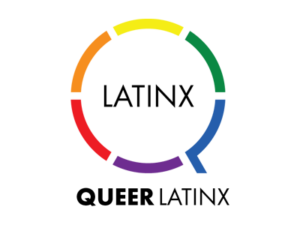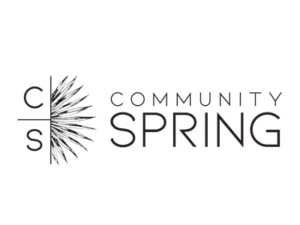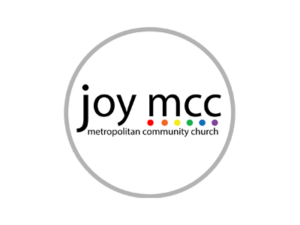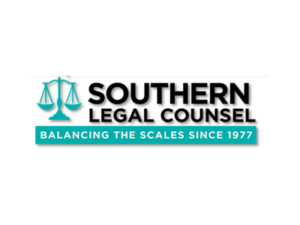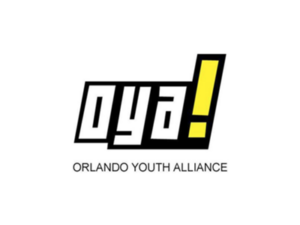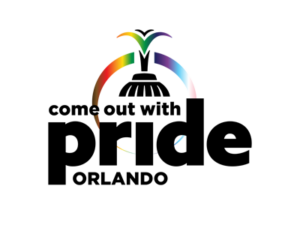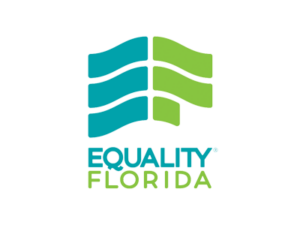Shows that Voters Don’t Move During Campaigns; Debunks Theories Explaining Persistent Discrepancies between Polls and Actual Results
(San Francisco, CA, June 15, 2010) — A groundbreaking report released today analyzing a decade’s worth of polling on ballot measures regarding marriage for same-sex couples found that forces supporting and opposing marriage equality had little success at changing voter sentiment during these campaigns. Moreover, pre-election polls were consistently unreliable because they under-estimated voter support for bans on the legal recognition of same-sex relationships. But the report found no evidence supporting the theories that voters misrepresented their support for bans to pollsters, or that they were confused about the meaning of a “yes” or “no” vote.
The report, Findings from a Decade of Polling on Ballot Measures Regarding the Legal Status of Same-Sex Couples, was prepared by public opinion expert Patrick J. Egan, Ph.D., Assistant Professor of Politics & Public Policy at New York University. The report was based on the most comprehensive compilation to date of pre-election polls available in the states holding votes on marriage equality and domestic partnership since 1988—a total of 167 surveys on 32 different ballot measures. The report was commissioned by the Evelyn and Walter Haas, Jr. Fund, a long-time supporter of extending the freedom to marry to gay and lesbian couples.
Both Sides Spent Millions, but Voters Didn’t Move
One of the most startling findings in the report is that those favoring and opposing the ballot measures have largely fought to a draw, meaning that the share of the public saying they intended to vote for or against these measures typically changed very little over the course of the campaigns.
“Most political scientists think that election campaigns do little, in the end, to move many voters one way or another,” said report author, Dr. Patrick Egan. “This report indicates that ballot measures on same-sex marriage are no exception: neither advocates nor opponents tended to gain support in any consistent fashion in these campaigns, despite the millions of dollars spent by both sides over the past decade.”
Advocates said the results corresponded with their own experiences regarding timing of moving people on marriage equality “This underscores the simple reality that in the heat of a ballot campaign it’s very difficult to move someone on marriage equality – voters are being hit with messages from both sides,” said Geoff Kors, executive director of Equality California, the nation’s largest statewide LGBTQ political advocacy organization. “As a result, it is essential that we have majority support for marriage equality before the final months of a campaign.”
“Clearly, the time to changes hearts, minds and votes to support equality is before a campaign starts,” said Kate Kendell, executive director of the National Center for Lesbian Rights, who brought the lawsuit which led the California Supreme Court to strike down the state’s ban on marriage for same-sex couples in 2008. That decision was subsequently overturned by Proposition 8, a ballot measure which eliminated the right of same-sex couples to marry.
“The need for education and organizing before marriage gets on the ballot is particularly important in people of color communities,” said Luis Lopez, President of HONOR PAC, an organization working to politically empower Latina/o LGBTQ communities. “Here in California, our opponents tried to use marriage to drive a wedge between people of color and the LGBTQ community – we have to get out in front of them before the attacks start.”
“This research underscores what many of us have learned through personal experience,” noted Thalia Zepatos, Director of Public Engagement for Freedom to Marry. “There is no 30-second political ad that can replace thoughtful conversations that committed gay and lesbian people have about marriage with their neighbors at a barbecue, with family members over holiday dinner, and with colleagues at work and at school. Smart public education- outside of intense political battles – that tells the stories of how millions of Americans are harmed by being denied the freedom to marry have resulted in 17% increase in Gallup Poll support for the freedom to marry between1996 and 2010.”
Polls Consistently Underestimated Support for Measures to Ban Same-Sex Marriage; Theories for this Phenomenon Debunked
The report also found that in state after state, polls have consistently underestimated the share of “yes” votes—that is, voter support for bans on legal recognition of same-sex couples. By contrast, survey estimates of those intending to vote against same-sex marriage bans tended to be relatively accurate predictors of the ultimate proportion of “no” votes. The result is that the share of voters projected to support a ban on same-sex marriage is typically about three percentage points less than the actual level of support on election day. “The analysis supports what many advocates for marriage equality for same-sex marriage have long believed: that they need to be ahead by a healthy margin in the polls in order to have a chance for victory in any traditional campaign,” said Egan.
The study debunks two theories put forward to explain this gap – one, that voters are reluctant to express anti-gay sentiment to pollsters, and another that voters are confused about what a “no” and “yes” position really means. The study found that the gap was no larger in contexts where voters might be expected to feel more pressure to supply a pro-gay answer, including states with larger LGBTQ populations or in surveys conducted by live interviews as opposed to an automated system. In addition, the study found that the gap between polling and the ultimate election result became no smaller over the course of the typical campaign—indicating that it is unlikely that voter confusion (which would be expected to be higher at the beginning of a campaign than at the end) is to blame for the polling-results gap.
The National Center for Lesbian Rights is a national legal organization committed to advancing the civil and human rights of lesbian, gay, bisexual, and transgender people and their families through litigation, public policy advocacy, and public education.



